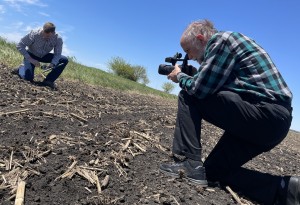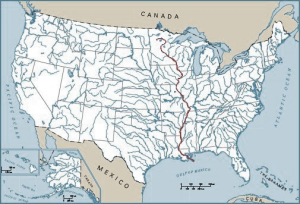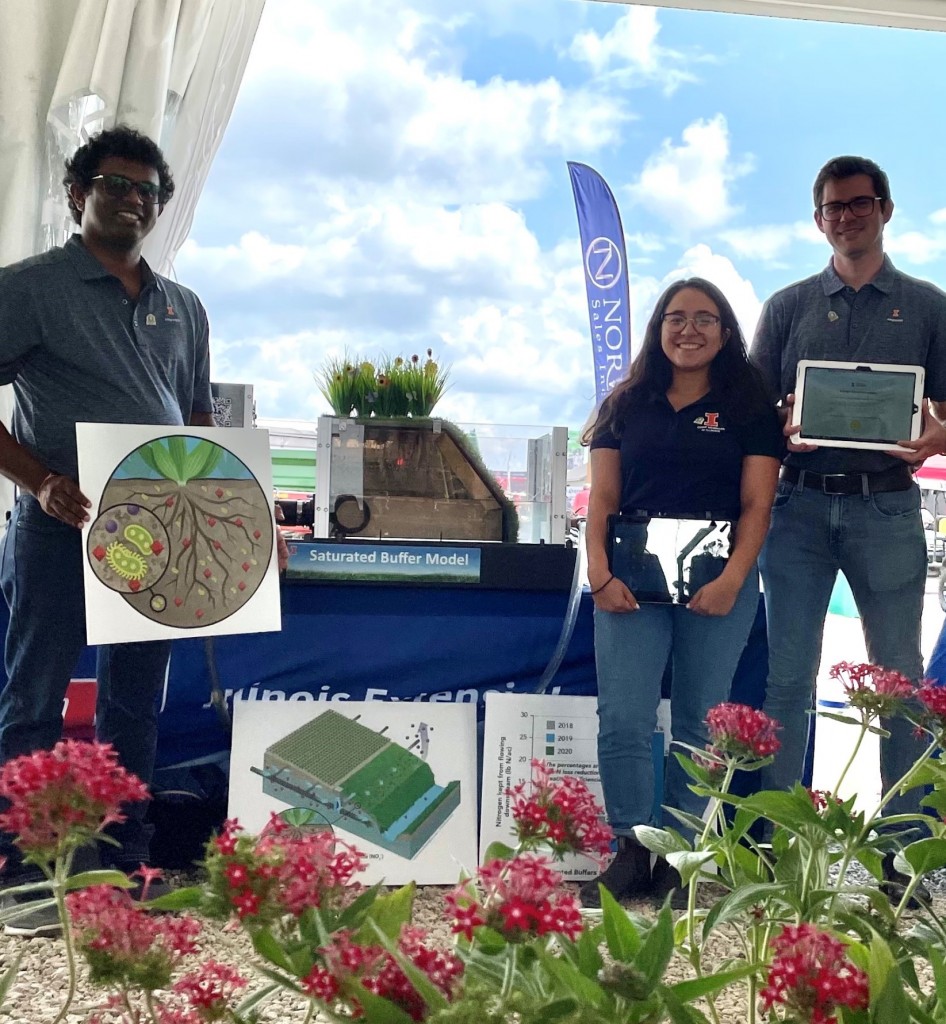The artificial subsurface drainage systems that underpin the extraordinary agricultural productivity in the upper Mississippi River Basin are also a major contributing pathway for nutrients causing the Gulf of Mexico hypoxic zone, one of our nation’s most pressing water concerns. Growing global food and biofuel demand combined with increasing societal pressure for clean water mean land-grant university Extension programs in the Midwest must now offer the agricultural community knowledge and capacity to meet productivity goals in ways that don’t result in environmental degradation. I-DROP’s vision for an agricultural water quality Extension program centers on fostering relationships that lead to economically thriving farms and clean water outcomes.
Outreach products (click link below)
Videos and Factsheets/Brochures
Current outreach initiatives
Mississippi River Basin Nutrient Reduction Measurement Framework
The goal of this work is to develop a measurement framework that Mississippi and Atchafalaya Basin (MARB) states will use to report nonpoint source nutrient loss reductions individually by state and in aggregate for the MARB. This framework will include tools that aggregate conservation actions to date and those conservation actions planned in the future, so that the Hypoxia Task Force can assess progress towards basin-wide water quality goals. In short, this work will develop a framework for tracking nonpoint source nutrient loss reductions via a database/inventory of appropriate conservation practices.
Funding Partner: The Walton Family Foundation

